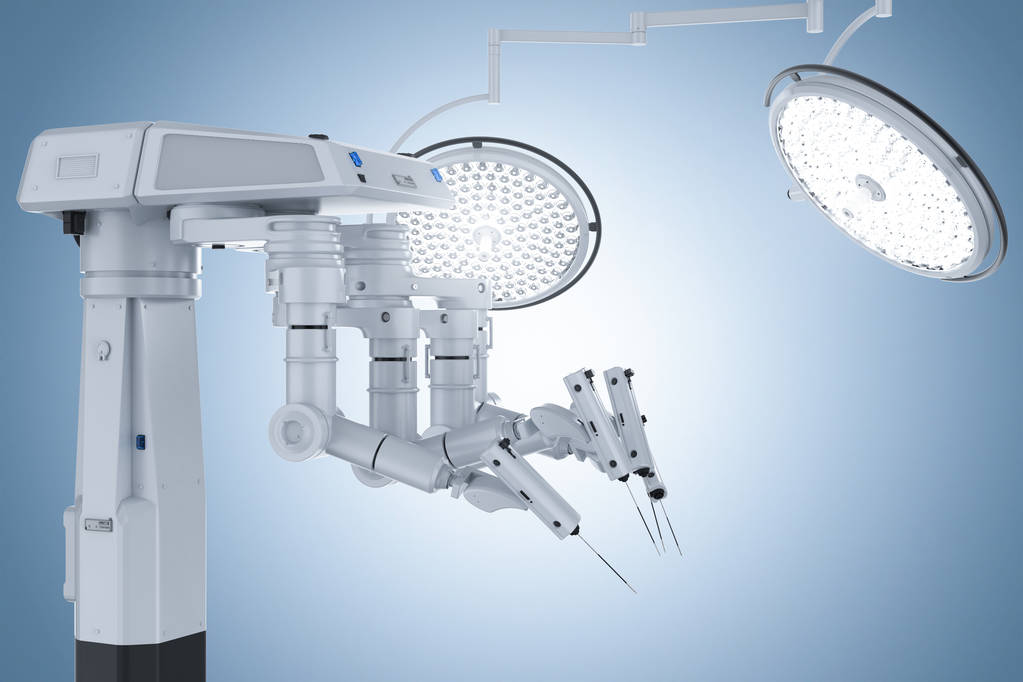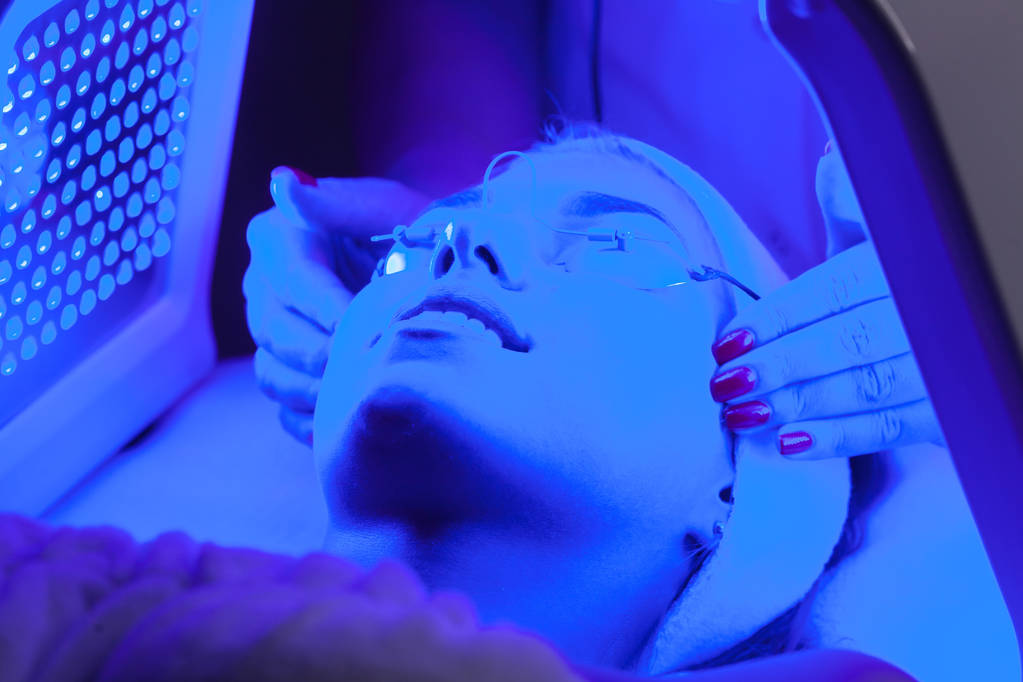With the rapid development of the LED lighting industry today, LED light sources are rapidly developing in the fields of intelligent lighting, plant lighting, landscape lighting and medical lighting with their fixed-point, directional, high-brightness, high-purity spectrum, cold light, adjustable color temperature, and longevity. . Medical lighting has fixed-point, directional lighting, high-intensity lighting, and pure light color (with excellent color rendering, which can enable doctors to clearly distinguish different organs and tissue structures, and it is best to adjust the color temperature according to needs to a certain extent, To highlight certain organs or tissues) as well as uniform, shadowless lighting, low-spectrum damage, structural sealing and disinfection, structural ventilation, dimming control, high reliability and other special requirements.
CSA Research said that medical lighting can be divided into traditional medical lighting and LED medical lighting products according to their different light sources. Traditional medical lighting fixtures basically use halogen lamps and tungsten halogen lamps as light sources, while LED medical lighting uses LEDs. Compared with LED medical lighting, traditional medical lighting sources have the shortcomings of short life, light source divergence, high thermal radiation, etc., which cannot meet the requirements of fixed-point, directional lighting, and high reliability of medical lighting. In contrast, the advantages of LED medical lighting, such as long life, cold light source, and low radiation, can overcome the shortcomings of traditional medical lighting.
CSA Research pointed out that the application of light sources in the medical field can be roughly divided into the following categories:
1. Functional lighting inside and outside the hospital building
In addition to the information display of medical resources, medical guidance (referring to the LDE display screen that has been commonly used), most of the functional lighting uses fluorescent fluorescent lamps, grille lamps, ceiling lamps, spotlights, downlights, etc.
2. Spy lighting
is mainly the lighting for lesion detection and observation, and it is also a transmissive, small-angle, directional lighting fixture. Partial in vivo peeking and in vitro peeping. Extracorporeal viewing is a movable directional lighting fixture, such as laryngoscope lamps, dental lamps, etc. At present, halogen lamps are the main ones. Intracorporeal viewing must cooperate with optical fibers for intracorporeal viewing such as stomach, intestine, and anus. Currently, LEDs are the main light source. .
3. Surgical lighting
is divided into two types, fixed and mobile, used by doctors to provide high-quality lighting fixtures for patients during surgery. At present, the mainstream is xenon lamp and LED shadowless lamp, and the cost is very high.
4. Disinfection and sterilization irradiation light source
Using ultraviolet light to sterilize medical equipment, medical equipment and medical utensils, it has the advantages of fast speed and high efficiency. At present, more mercury vapor is used.
5. UV radiation disinfection and sterilization

Using ultraviolet light to penetrate the microbial cell membrane and cell nucleus, destroy the molecular chain of DNA and RNA, make it lose its replication ability and activity function, and achieve the purpose of sterilization and disinfection. The use of UV disinfection has no problems such as the treatment of waste liquids and containers after steaming and disinfection, and it is environmentally friendly and reliable.
6. Phototherapy-photoradiation therapy
Phototherapy is the use of photobiological effects to promote or inhibit the growth of human skin or certain tissue cells with specific wavelengths of light to achieve the purpose of treatment. The efficacy of LED light sources for phototherapy is being highlighted. Compared with traditional light sources, LEDs are more in line with the special requirements of phototherapy for light sources. It mainly has the characteristics of wide selection of light wavelength, controllable and adjustable radiant light quantity and irradiated spot, pure light color, no harmful spectral components, and electrical safety. Therefore, LED will inevitably become the preferred health light source to replace the traditional light source for phototherapy, and become an effective clinical treatment method.
CSA Research pointed out that medical lighting products are specifically named dental lamps, headlamps, surgical lamps, shadowless lamps, signal lamps, disinfection lamps, and film viewing lamps according to their specific functions. Medical operation shadowless lamp is an important equipment indispensable for the lighting of surgical operation parts. It requires the doctor to best observe objects of different depths, sizes, and low contrast in the incision and body cavity; it must be "shadowless" and "light". ". Traditional shadowless lamps generally use relatively inexpensive tungsten halogen lamps as the light source, which is prone to problems such as improper filters, infrared light and heat radiation, and dryness of the patient's operating area. The shadowless lamp using LED as the light source can solve the above problems. With the improvement of people's requirements for medical lighting, LED light sources are developing rapidly due to their special advantages, and the prospects are very bright.
In 2007, my country’s LED medical lighting research and development only started, the medical device industry has relatively high barriers, involving the application of phototherapy mechanisms, optics, micro-electromechanics, thermal, photochemistry and other conforming technologies. The technical risks are high, and there are technical talent barriers, brand barriers, Barriers to sales channels, capital barriers and market access barriers have greatly restricted the entry of a large number of enterprises. Secondly, the medical device industry is less affected by the economic cycle and more affected by industrial policies. LED medical lighting is a "small" segment of the market. Large medical device companies mostly just operate medical lighting products incidentally. There are few professional manufacturers, and the market for medical lighting products is expensive. Therefore, LED medical lighting is a special lighting product with high technology, high risk and high barriers to entry. Although compared to the entire LED lighting market, the output value of the LED medical lighting field may be relatively small, but medical lighting is a medical device, with strict regulations and certification requirements, and extremely strict requirements in terms of technology and safety rules, which are similar to ordinary functional lighting. Compared with, the technical risk is greater, and the entry barrier is high. As the society attaches importance to medical health, medical rehabilitation, environmental protection and energy saving, LED medical lighting will open up a new world in the domestic market.
Statement: All information indicated as other sources are transferred from other platforms for the purpose of conveying more information and does not represent the views and positions of this site. If there is any infringement or objection, please contact us.
 English
English china
china German
German Spanish
Spanish French
French Italian
Italian Portuguese
Portuguese Japanese
Japanese Korean
Korean Arabic
Arabic Russian
Russian
 Mobile Site
Mobile Site
 +86-0769-81305858
+86-0769-81305858